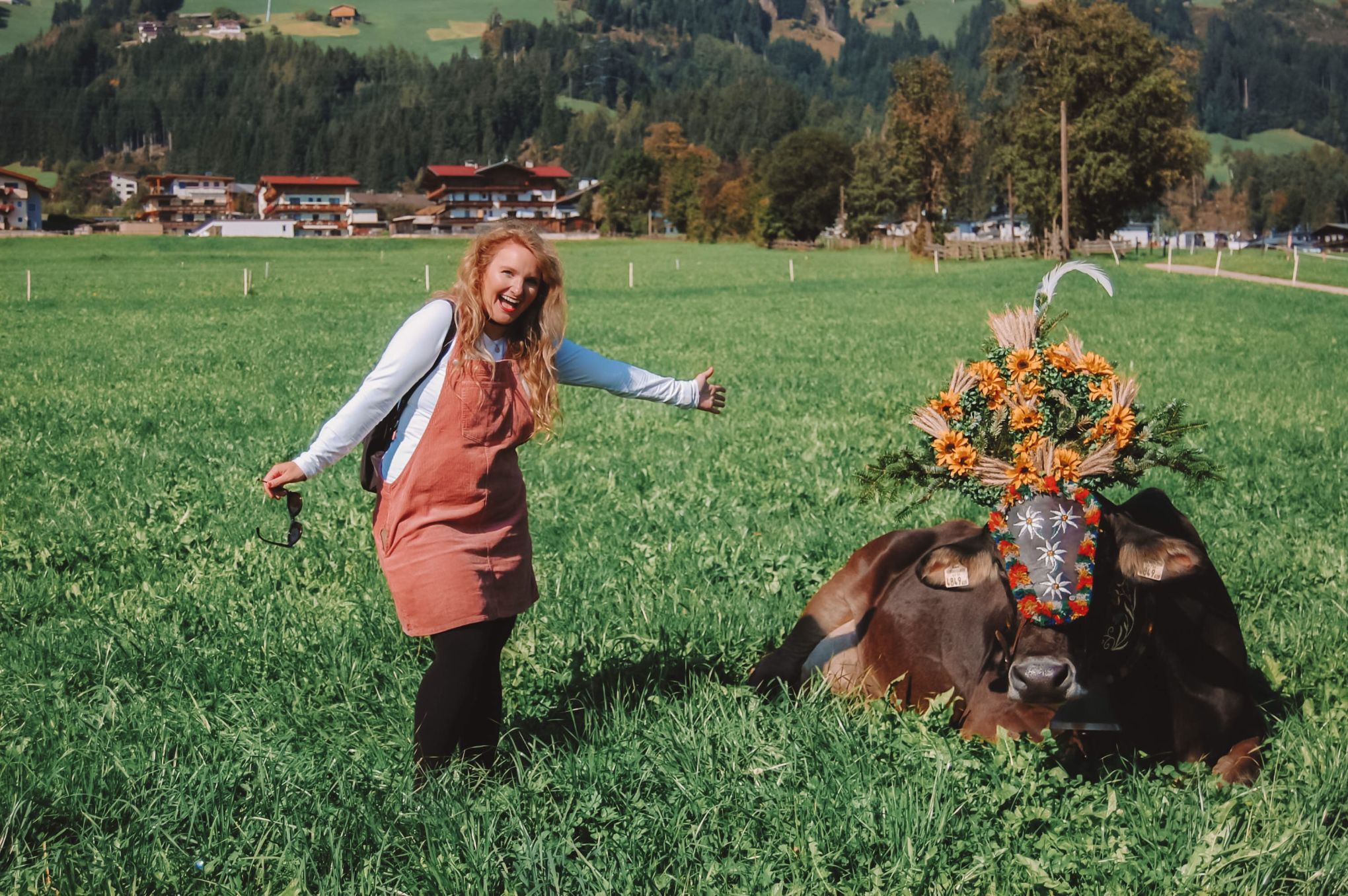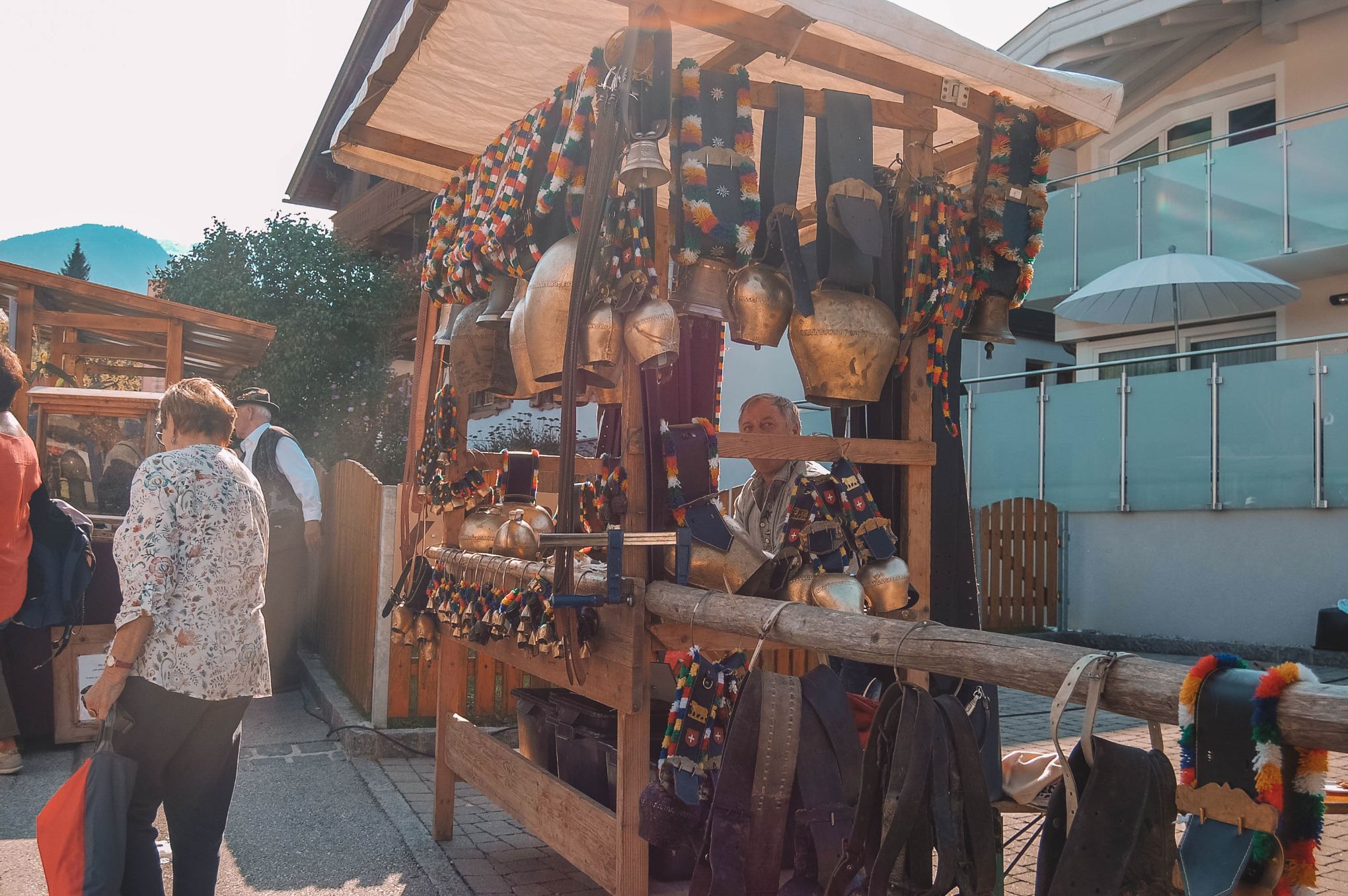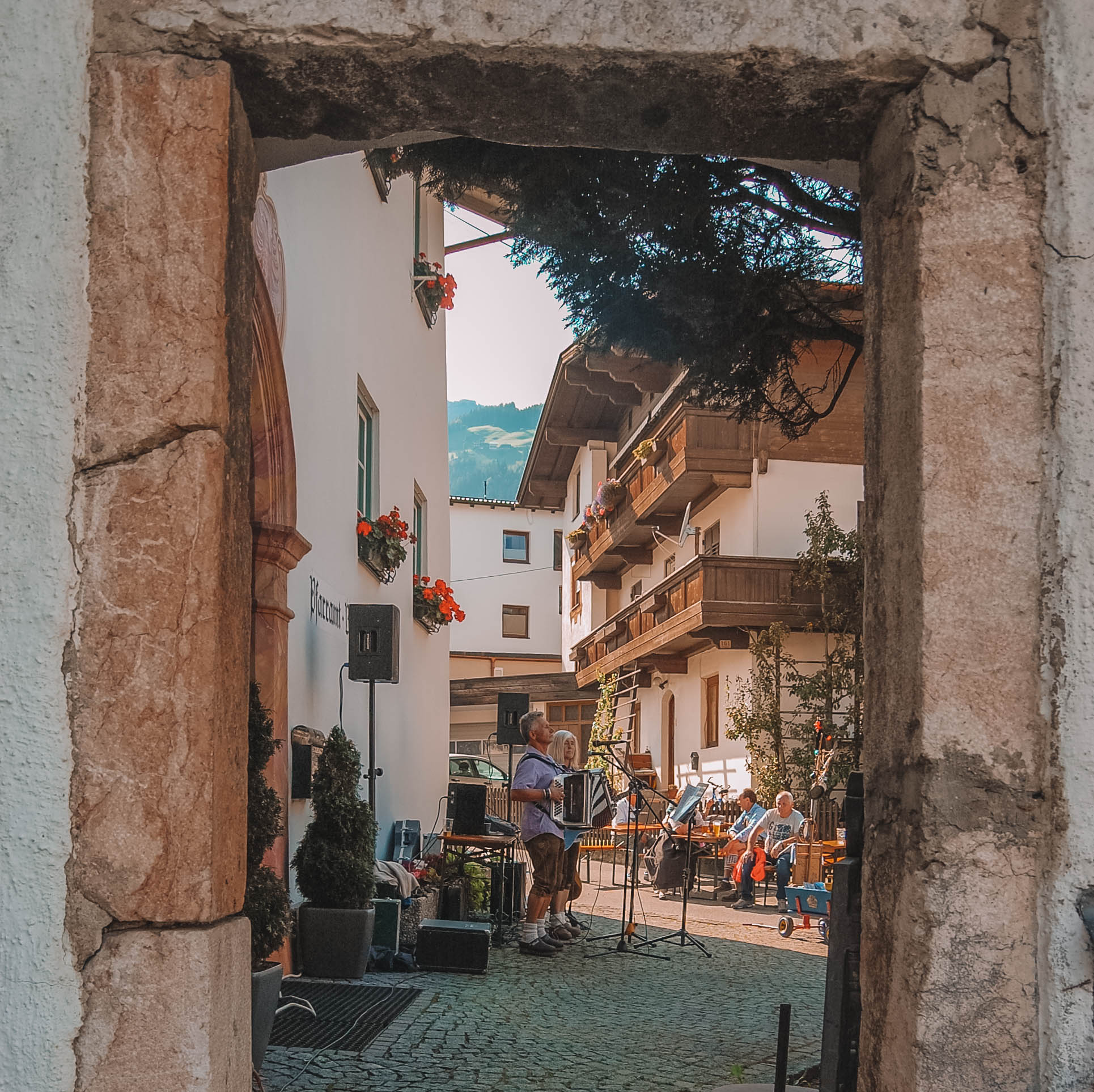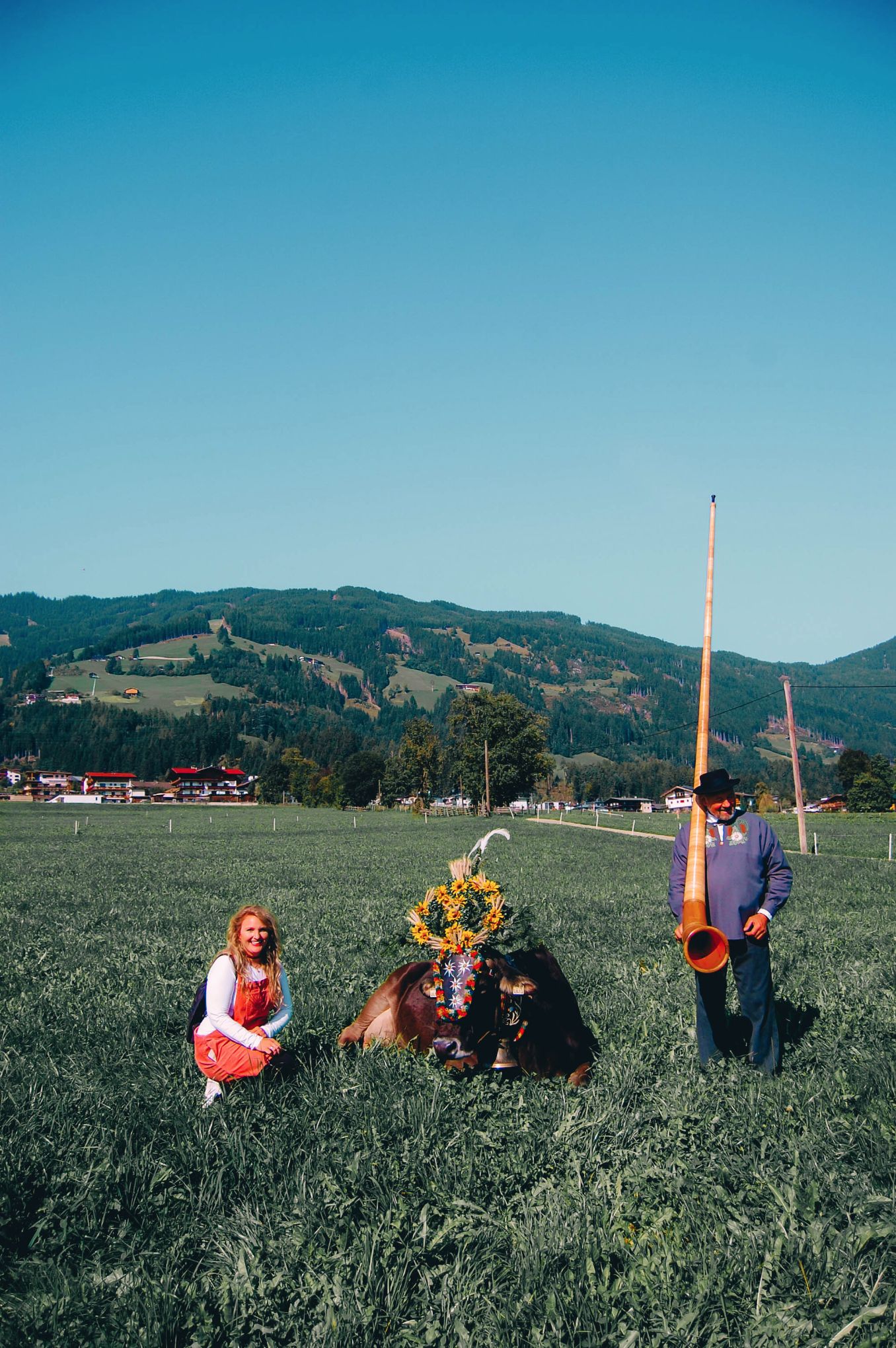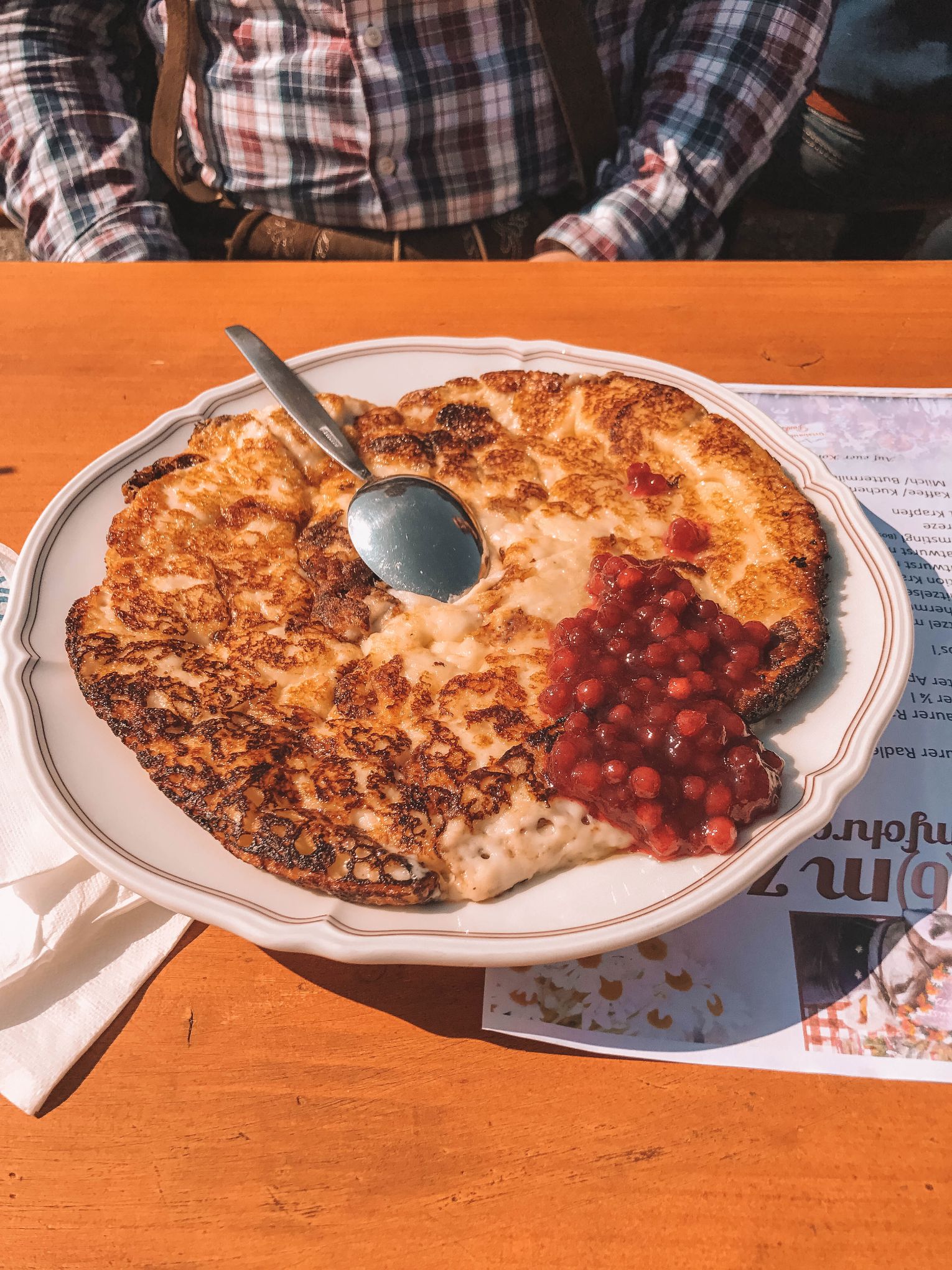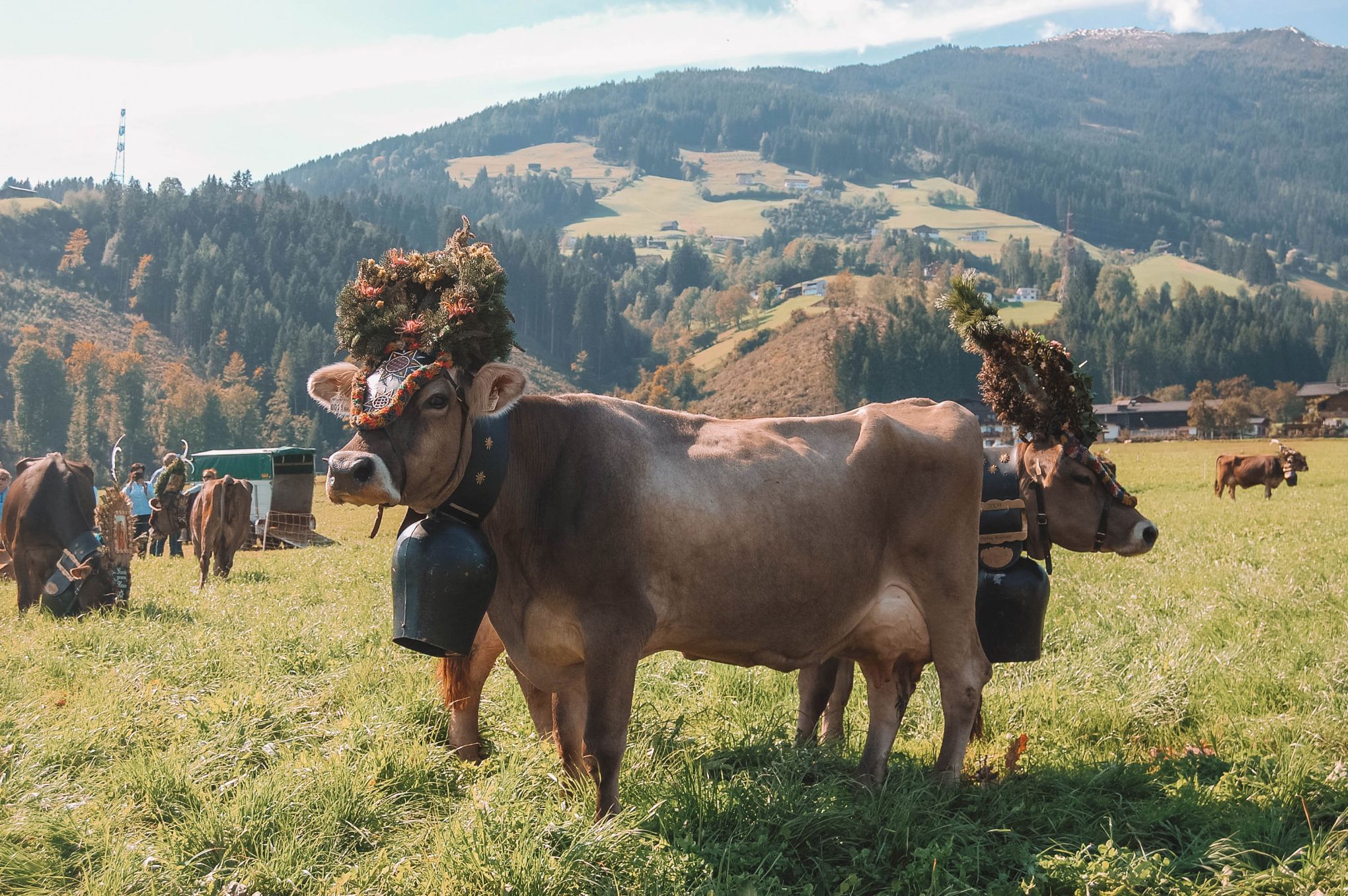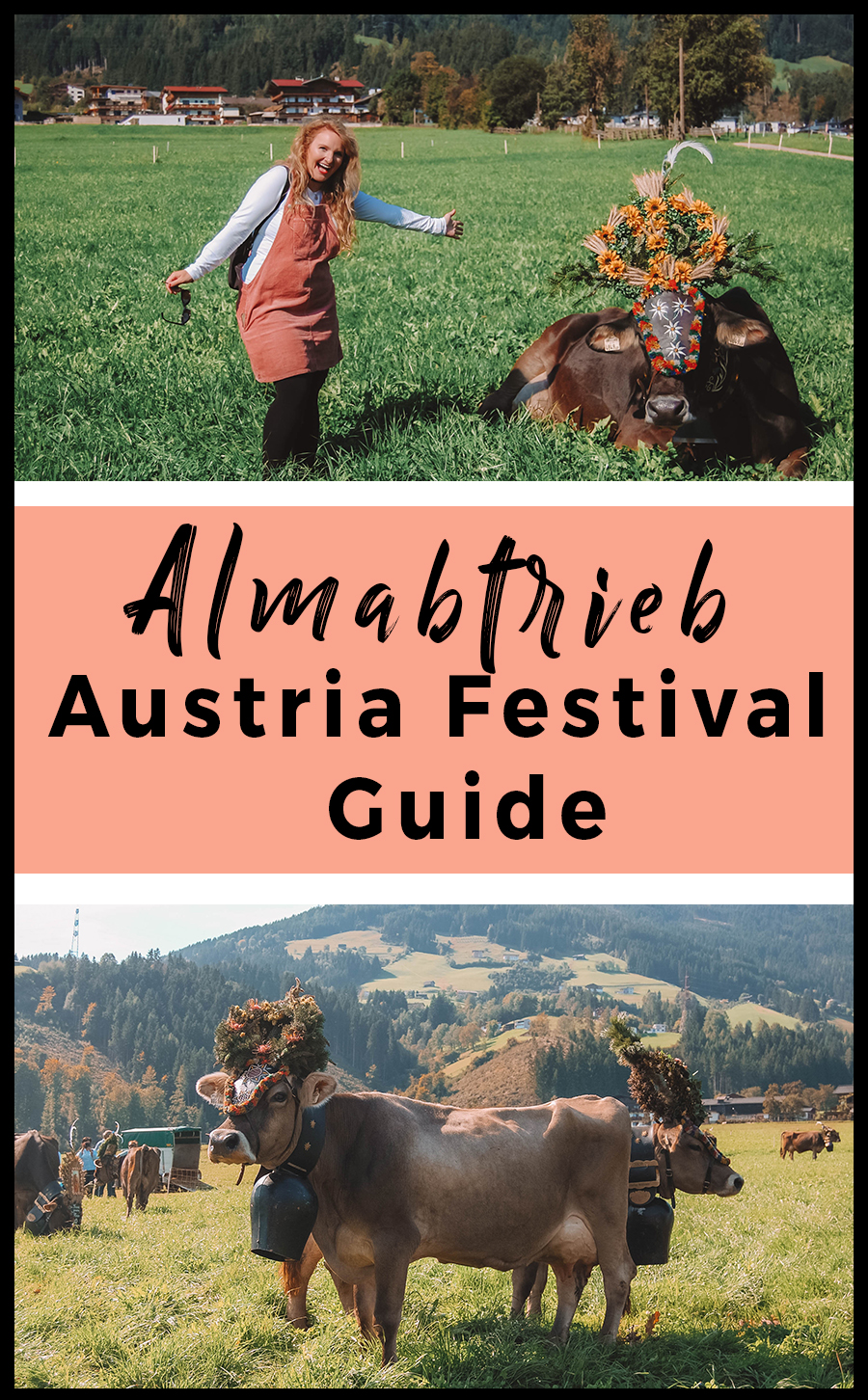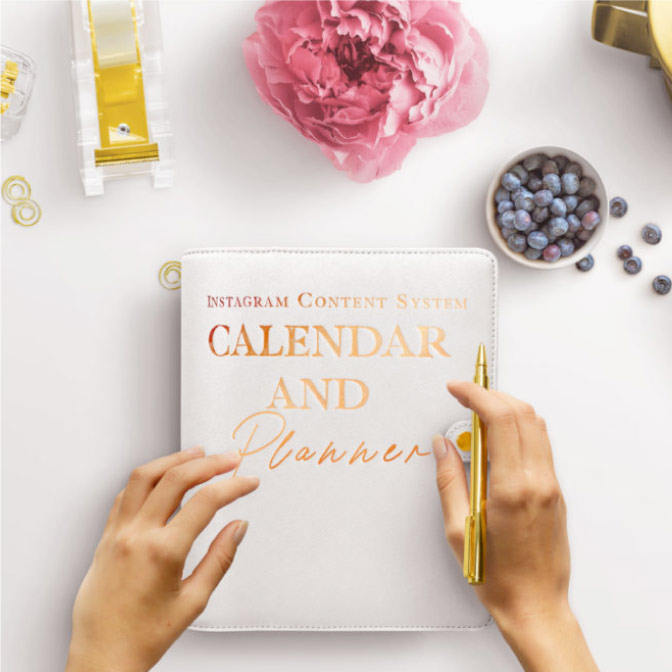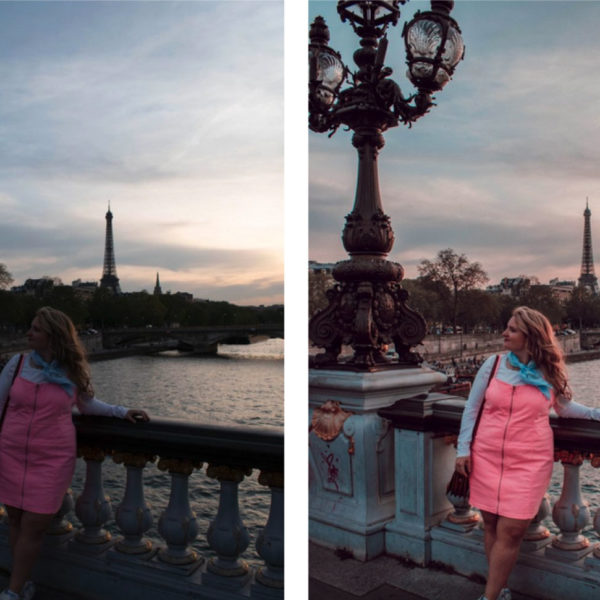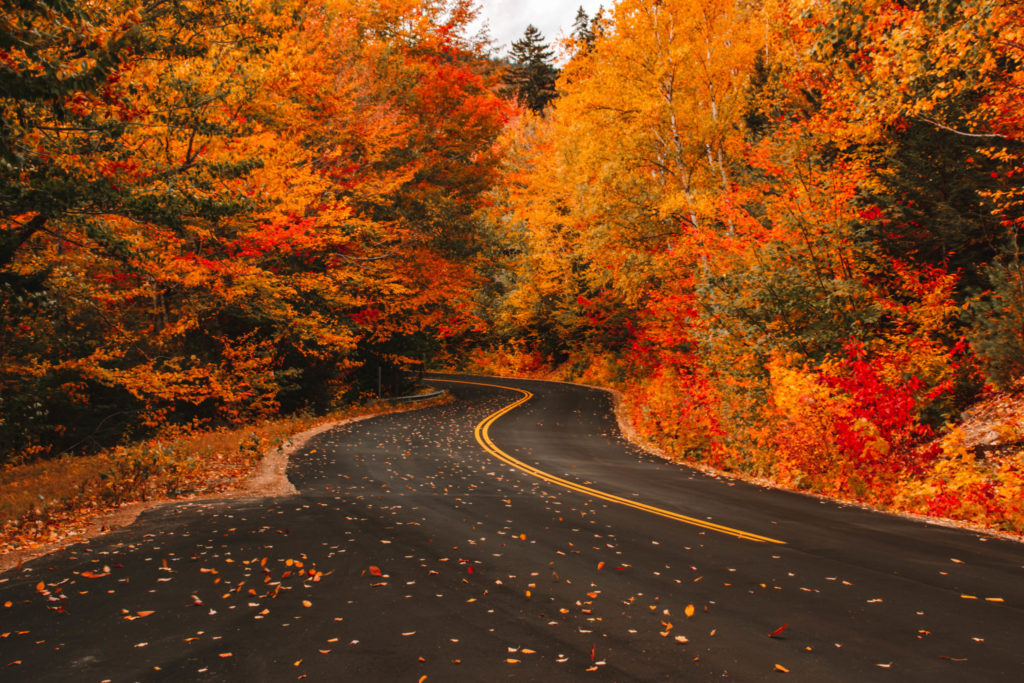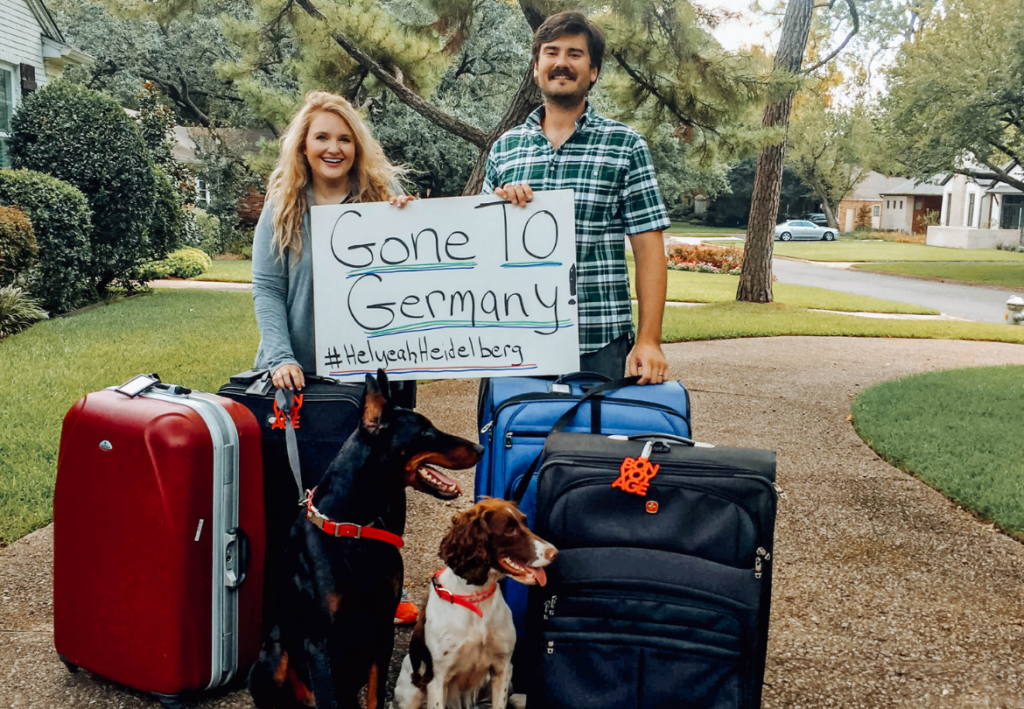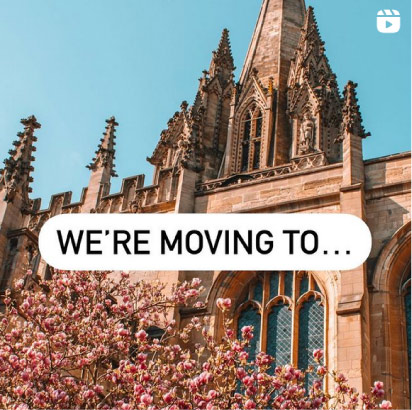Imagine cows cascading down the mountain with elaborate headdresses reminiscent of “Carnival” in Brazil. In the background is the sound of traditional Austrian folk music, the smell of sizzling pancakes, and the chatter of locals as they watch the cows come home. Literally. It's the Almabtrieb cow festival which takes place all over the Alpine region, the biggest being in Austria, where the cows come down from the mountain before winter hits.
How can you get to this festival?!
I got you.
Festivals bring out the absolute best in people. The food, celebrations, and decorations create an incredible atmosphere. But when you add in cows?! It becomes one of the liveliest events in Europe. The Almabtrieb festival in Austria, Germany, and Switzerland is truly one of a kind. After grazing all summer long in the Alps, the cows are dressed up with headdresses and bells and arrive in the valleys of the villages to be greeted with music and dancing.
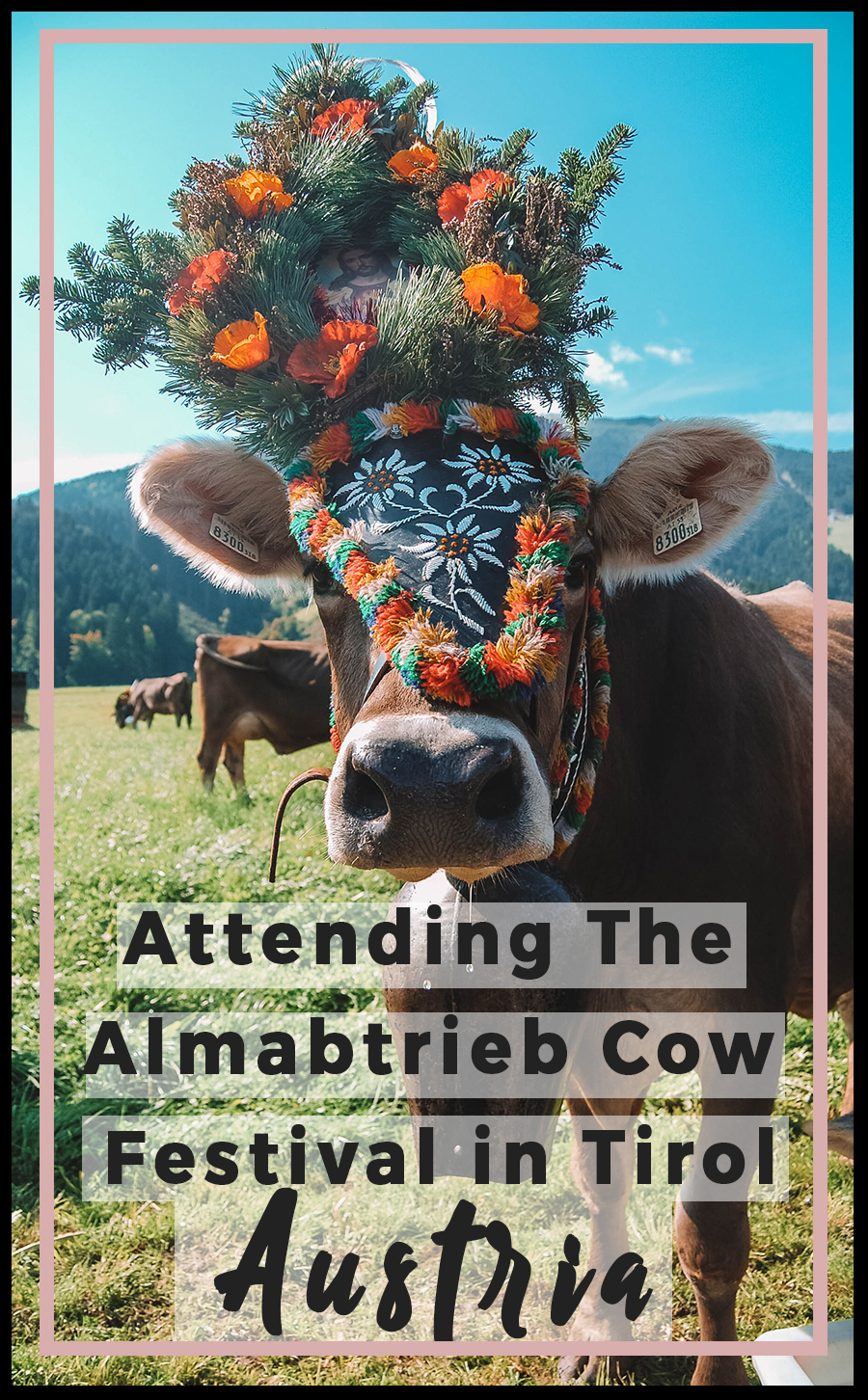
You must come to this colorful festival at least once in your life. Not only is it fun, it's a great way to understand a different culture and their way of life. So, here's my guide to attending the Almabtrieb festival in Tirol, Austria and how to make the most of it.
Attending The Almabtrieb Festival in Tirol, Austria
This once locals only festival is open to tourists, but you have to know where to go and when. The great part of the festival is that you'll feel like you stepped back in time. It's a different way of life. One where the people of the town relied heavily on the cows as their source of life. Today, that role still matters and the cows are honored every year. If you're worried about cow treatment, this is basically a cow appreciation special. These cows are the farmer's livelihood and they are treated like kings and queens.
Cows are one of my favorite animals, and this festival is now one I can't miss!
What is the Almabtrieb Festival?
In German, Almatrieb means “drive from the mountain pasture.” Basically, it's a cow parade where the cows are celebrated as they make their way back down the mountain to come home for winter.
The festival signifies the end of summer and the beginning of harvest and autumn. The leading cow, or “Moarkuh”, leads the decorated herd, followed by heifers, bulls, young oxen, and even small livestock, such as sheep and goats. The festive adornment, the crown, goes back to pre-Christian times. The loud bells around the necks of the cows are designed to protect them and bring them down into the valley safely. The traditional craft of the creating the bell still exists today and each bell has a distinctive sound.
As you hear the dinging you know the festival has started. It's a beautiful way to kick off Fall and celebrate the coming cooler months.
When is the Almabtrieb festival?
The festival takes place in the Tirol region and parts of Switzerland, Austria, and Germany. It happens at the end of August/beginning of September. The farmers make a decision on when they'll organize their cattle drive.
Some of the 2018 dates:
Wildschönau, Austria – September 22
Reith in Alpbachtal, Austria – September 22 & 29
Pertisau, Austria – September 21
Moosalm, Austria – September 15
This is just a small list, check out the rest here and the options in Bavaria here.
How to get to the Almabtrieb festival
Most of the festivals take place in the smaller towns and villages in Austria, southern Bavaria in Germany, and Switzerland. The majority, though, take place in Austria. You can find where all the events are hosted in Austria for the cow festival right here.
I attended the cow festival in Zillertal, Austria and was blown away by its beauty. If you're looking for a great place to go, I highly recommend Zillertal (it's more than just a cow festival!).
You can drive (renting a car is very easy) or take a train and public transportation. Since we were already staying in the nearby village, we rode our bikes over to the festival. September has very pleasant weather and it was a great way to explore the town.
What to expect at the festival
The Almabtrieb festival brings out the best of Austria and the Alps. You'll find basket weavers, homemade schnapps, and woodcarvers. This tradition has lasted for a long time, and as a spectator, you're engulfed in the sound of the bells, colors, music, and you'll feel just like a local.
Each village has its own tradition and unique take on the festival. In general, you'll find market stalls reminiscent of the Christmas markets selling crafts, bread, grilled meat, and sweets. There's plenty of live music and folk bands with children and adults in their traditional lederhosen and dirndls performing on stage or just toe-tapping to the music.
One of the highlights, besides the cows, is the delicious food.
What to eat:
Hendl – a whole roasted chicken, usually on a spit. Can be served with fried (pommes) or potato salad (kartoffelsalat).
Kaiserschmarrn – this is a caramelized pancake, sometimes made with raisins and topped with powdered sugar. It's typically served with applesauce or redcurrant berries. It's delicious.
Kiachl – a traditional Tirolean staple, this dried yeast dough is too good to pass up.
Gröstl – take your fried potatoes and elevate them with bacon and onion. One of my favorites, served hot out of the pan.
Käsespätzle – a classic dish, egg noodle with cheese. It's like macaroni and cheese but better.
Spritzer (aka Radler)- the German-speaking world loves their spritzers. This is just half white wine and half sparkling water. If you're thirsty this is the perfect thing to drink.
Beer – but you already knew that.
The festival lasts throughout the day, starting in the morning with the cow procession. I suggest getting there early so you can watch the cows strut in. It's truly a sight to see!
If you're looking for a place to stay check out some of the hotels in Zillertal.
One of my favorite parts of living abroad is that I get to experience things I never thought possible. Getting to go to festivals like this is one of those moments. Animals really are such an important part of life and it's wonderful to see the connection between the people and cows in such a joyous way.
Truly, this festival is an animal lover's dream. The cows are treated like royalty and watching them come down from their summer holiday is so much fun.
Read more:

